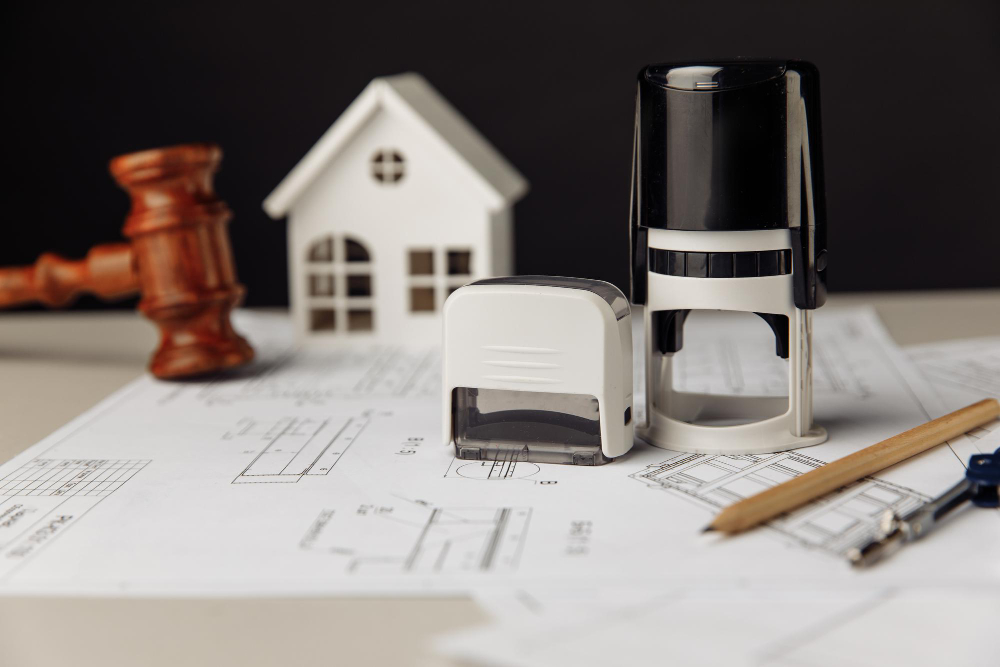Submittals Are Not Paperwork — They’re Compliance Instruments
In construction, submittals aren’t just documentation. They’re the only verifiable chain proving that what’s being installed aligns with contract specifications, approved materials, and regulatory expectations. When a contractor submits shop drawings, material data, or equipment specs, the review process creates a paper trail that governs compliance. It’s a contract within a contract—if the product submitted doesn’t match the one installed, it opens the contractor to liability, potential change orders, and non-compliance penalties.

On major infrastructure projects—especially those funded by public entities like the MTA, DOT, or Army Corps—the volume of submittals can run into the thousands. Without a clear system to log, track, and verify each one, the risk of missed approvals, schedule disruptions, and compliance failure multiplies quickly.
Manual Submittal Tracking Fails When Scale Kicks In
Many small-to-mid-size firms still manage submittals with Excel, PDFs, and email chains. It might seem manageable on a 4,000-square-foot commercial remodel. But try applying the same process to a 500,000-square-foot transit hub with five consultants and staggered submittal packages. At that point, spreadsheet tracking turns into a liability.
Here’s what starts to break down:
- No centralized version control – Field teams might install products based on outdated submittals.
- Delayed approvals – Engineers may sit on submittals past deadlines, holding up procurement.
- Disputed timelines – Without time-stamped logs, contractors can’t prove submittals were sent or rejected.
- Scattered communication – Critical clarifications remain buried in inboxes and phone logs.
- No audit readiness – Come project closeout or litigation, documentation gaps surface and become expensive.
Legacy tools and manual workflows don’t provide the transparency or consistency needed to support high-stakes compliance environments.
What Submittal Tracking Software Does Differently
Software platforms purpose-built for construction submittals introduce a structured, traceable system that keeps the approval pipeline moving. More importantly, they protect the contractor’s position with time-stamped logs, automated workflows, and full documentation access from anywhere.
Automated Routing and Due Dates
With configurable workflows, contractors can define who reviews each submittal, in what order, and with what time constraints. When a shop drawing needs architectural and structural approval before procurement, the platform routes it automatically, flags overdue actions, and maintains a full approval path.
Centralized Access and Real-Time Status
Instead of asking, “Did the HVAC schedule get approved?”—project teams open a dashboard and get an immediate answer. Whether it’s “Approved as Noted,” “Rejected,” or “Pending Owner Review,” there’s no ambiguity. Field teams don’t wait around guessing.
Audit-Ready Documentation
For public-sector projects, being able to produce a full submittal log—filtered by CSI division, approval date, or reviewer—is more than convenience. It’s a compliance obligation. Good software keeps that trail intact without the administrative burden of manual logging.
Searchability and Version Control
With thousands of submittals flying back and forth, version control isn’t optional. Submittal tracking platforms index all versions and make previous iterations searchable. If a detail was approved with a condition or changed mid-project, teams don’t have to dig through ten folders or old email threads to find it.
Real-World Scenario: Transit Infrastructure Projects
Take the MTA’s multibillion-dollar capital improvement program. A typical station accessibility upgrade may involve:
- Multiple trades: civil, structural, electrical, MEP, architectural finishes
- Overlapping scopes: escalator systems, elevator cabs, fire alarm panels
- Numerous stakeholders: GC, CMs, third-party designers, owner reps
Each of these involves critical submittals—sometimes ones that cross disciplines. A fire alarm system spec might tie into elevator panel controls and general electrical distribution. If one submittal lags, procurement stalls and the field crew sits idle.
Submittal tracking software on projects like these makes it possible to:
- Set different workflows for material samples, equipment specs, or shop drawings
- Tie submittals to schedules to flag procurement risks early
- Sync with RFIs and change orders when scopes shift midstream
- Export submittal logs as part of monthly owner reporting
Manual methods don’t survive this level of coordination. Paper-based logs get outdated in days. Static spreadsheets can’t track resubmissions, clarifications, or conditional approvals.
Integration with Other Project Systems
One of the lesser-discussed advantages of submittal tracking software is how it integrates into the broader construction tech stack. On most enterprise-grade platforms, submittals aren’t siloed. They connect directly to:
- Specifications
- Schedule activities
- RFIs and ASIs
- Procurement logs
- Quality inspections
This linkage matters when a change in one system affects another. If a material is delayed or rejected during submittal review, the procurement team gets alerted before placing a PO. If a submittal gets flagged by the owner for noncompliance, it can be linked back to the corresponding RFI or drawing revision. This level of visibility is what separates reactive projects from well-controlled ones.
Platform Examples
Some of the most widely adopted platforms offering robust submittal tracking include:
- Procore – Centralized submittals with routing rules, mobile access, and full approval tracking
- eZeLogs – Built for lean field coordination, especially on transit and government-funded projects
- Autodesk Build – Integrated with document management and design tools, with review workflows
- Newforma – Used in design-heavy workflows, with emphasis on A/E submittal and transmittal tracking
What separates these from bolt-on features in generic tools is how natively they handle the construction-specific review process, with due dates, reviewer roles, markup tools, and time-stamped logs.
Compliance Is in the Details
Submittals are granular by nature. So is compliance. Agencies and owners don’t excuse missing documentation or unclear approval paths, especially on regulated jobs. The contractor that can’t produce a clean submittal history becomes the contractor exposed to claims, scope challenges, or withheld retainage.
Also Read:
Safety First: Enhancing Toolbox Talks with AI-Powered Safety Management in Ezelogs
Smart HR for Construction: Boosting Payroll Efficiency with Ezelogs’ AI-Enabled HRM Tools
Compliance Made Easy: How AI-Enabled Certified Payroll in Ezelogs Simplifies Regulatory Reporting
Centralizing Your Data: The Power of Ezelogs’ Product Data Sheet Library for Faster Submittals
Voice-Activated Efficiency: Transforming Construction Management with Ezelogs’


